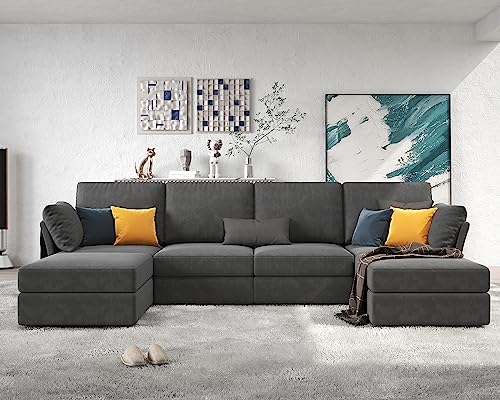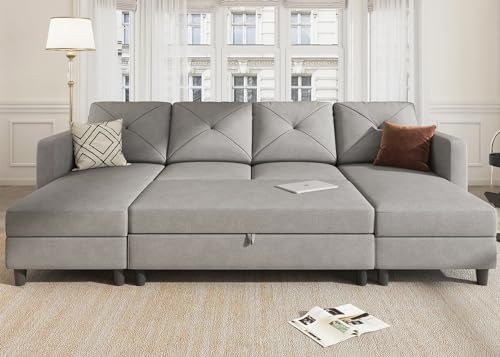An Easy-To-Follow Guide To What Are U Shaped Valleys
페이지 정보

본문
 What Are U Shaped Valleys?
What Are U Shaped Valleys?A U-shaped valley is a geomorphological formation that has steep, high sides and a rounded or flat valley bottom. They are the result of glaciation, and are usually filled with lakes, rivers and sand traps found on golf courses kettle lakes (water hazards), and other such natural features.
Glacial erosion creates U-shaped valleys as rocks are removed from the sides and bottom of the valley. These valleys are found in mountainous regions all over the world.
Glaciers are the primary reason for forming them.
Glaciers are massive bodies of ice which form on the tops of mountains and then slide down them. When they degrade the landscape, they form U-shaped valleys with flat floors and steep sides. These valleys differ from river valleys that are generally designed to look like the letter V. Although glacial erosion can be seen in a variety of places but these valleys are typical of mountain regions. In fact, they are so distinct that you can determine if the landscape was formed by glaciers or rivers.
The process of creating a U -shaped valley starts by forming an V formed river valley. As the glacier degrades the landscape, it encroaches upon the V-shaped river valley and produces an inverted u shape recliner sofa, sneak a peek at this web-site.,-shaped shape. The ice also damages the surface of the ground, causing the sides of the valley to have straight and high walls. This process is called glaciation, and it takes a great deal of strength to scour the earth this manner.
As the glacier continues to degrade the landscape, it makes the valley wider and deeper. The glacier's ice is less frictional than the rocks. As the glacier moves through the valley it also causes abrasion to the rock surfaces. This pulls the less durable rocks away from the valley walls, a process known as plucking. These processes combine to broaden, deepen and smooth the U-shaped valley.
These processes also cause a tiny side valley to be left hanging over the main valley. The valley could be filled with ribbon lakes, which are created when water flows through the glacier. The valley is also marked by striations, ruts and striations on the sides, as also moraines and till on the floor.
The world is full of u shaped sectional with sleeper-shaped valleys. They are prevalent in mountainous regions, such as the Andes, Alps, Caucasus, Himalaya and Rocky Mountains. In the United States, they are usually found in national parks. Examples include Glacier National Park and the Nant Ffrancon Valley in Wales. In some instances valleys can extend to coastal areas and become Fjords. This is a natural process that occurs when the glacier melts. It can take thousands of years to form these valleys.
The ocean's depths are deep
U-shaped valleys are distinguished by steep sides that curve at the bottom and a wide, flat valley floor. They are formed in river valleys that have been filled by glaciers during the Ice Age. Glaciers erode the valley floor by plucking and abrasion and cause the valley to grow deeper and broaden more evenly than a river could. These types of features are found in mountainous regions around the world, including the Andes Mountains, Alps Mountains, Himalayas Mountains, Rocky Mountains and New Zealand.
The erosion of a river valley can transform it into a u-shaped valley, deepening and enlarging it. The erosive force of the glacier also causes smaller side valleys to hang above the main valley which is often marked by waterfalls. These are referred to as "hanging valleys" because they are suspended above the main valley, when the glacier retreats.
These valleys are typically located in forests and could contain lakes. Some valleys are used for agriculture while others are flood-prone. Many of these valleys are in Alaska which is the region where glacial melting is most prominent.
Valley glaciers are massive river-like flows that slowly slide down mountain slopes. They can extend to depths of over 1000 feet, and are the most common type of valley erosion in the alpine regions. They eat the rocks that lie at the bottom of the valley, leaving behind depressions and holes filled with water. The lakes that result are narrow and long and can be found on the peaks of certain mountains.
Another kind of valley, called a glacial trough, is a u shaped sectional with recliners-shaped valley that extends into saltwater and creates an Fjord. These are typical in Norway, where they are known as fjords. However, they are also found in other parts of the world. They are formed by melting glaciers, and can be seen on maps of the world. They are typically characterized by rounded sides that resemble the shape of a U shape in cross-section as well as steep sides. The trough walls are generally carved out of granite.
The slopes are steep.
A U shape valley is a formation of geology with high, steep sides and a rounded bottom. They are common in mountainous regions and are usually carved by glaciers. This is because glaciers slow downhill and then scour the land. Scientists once thought that glaciers wouldn't be able to carve valleys because they were so soft. However, now we know that they are able to.
 Glaciers form distinctive U-shaped valleys by the process of abrasion and plucking. Through erosion these processes can broaden, steepen, and deepen V formed valleys in rivers. They also change the slopes of the valley floor. These changes occur at the top of a glacier when it moves through a valley. This is why the top of a U-shaped valley is typically larger than the bottom.
Glaciers form distinctive U-shaped valleys by the process of abrasion and plucking. Through erosion these processes can broaden, steepen, and deepen V formed valleys in rivers. They also change the slopes of the valley floor. These changes occur at the top of a glacier when it moves through a valley. This is why the top of a U-shaped valley is typically larger than the bottom.U-shaped valleys can be filled with lakes. These are referred to as kettle lakes and they form in hollows that were eroded out of the rock by the glacier or drained by the moraine. The lake may be a temporary feature when the glacier melts, or can remain even after the glacier has receded. These lakes are usually found in conjunction with cirques.
A flat-floored valley is another type of valley. It is a valley that is formed by streams that erode the soil, but it doesn't have as steep of a slope as a U-shaped valley. They are typically located in mountainous areas and can be much older than other types.
There are various types of valleys around the world. Each has its own distinctive appearance. The most popular is a V-shaped one, but other types include U-shaped valleys as well as rift valleys. A rift valley is one that develops in places where earth's crust is splitting apart. They are typically narrow valleys with steep sides. The Nant Ffrancon valley in Snowdonia, Wales is a good illustration of this.
They are wide
In contrast to V-shaped valleys U-shaped valleys have broad bases. Glaciers are the main cause of these valleys, which are typically found in mountain ranges. Glaciers are massive blocks made of snow and ice which erode the landscape as they move downhill. They degrade valleys by crushing the rocks with friction and abrasion. This process is known as the scouring. As they erode the landscape, the glaciers create distinct shapes that resemble a letter u shaped leather couch. These valleys, often referred to as U-shaped valleys, can be found in a variety of locations around the globe.
The formation of these valleys happens when glaciers degrade existing river valleys. The glacier's slow motion and weight erodes the valley sides and floor creating a distinct U shape. This process, known as glacial erosive erosion, has resulted in some of the most beautiful landscapes on Earth.
These valleys may also be called trough valleys, or glacial troughs. They are found all over the world, particularly in areas that have glaciers and mountains. They range in dimensions from a few meters to several hundred kilometers. They can also vary in length and depth. The deeper the valley the more intense the fluctuation of temperature will be.
When a U-shaped valley is filled with water, it develops into a ribbon lake or fjord. The ribbon lakes form in depressions where glaciers cut away less resistant rock. They may also form in a valley in which the glacier is stopped by the wall.
U-shaped valleys may also contain other glacial features, like moraine dams, hanging valleys and erratics. Erratics, also known as massive boulders, are deposited by a glacier as it moves. The erratics can be used to define the boundaries between glaciated regions.
These smaller valleys are left hanging" above the main valley that was created by the glacier. These valleys aren't as deep than the main valley and they have less ice. They are created by tributary glaciers, and are usually covered by waterfalls.
- 이전글Mostbet: Your One-Stop Shop for Online Casino Games in India 24.10.21
- 다음글Земля прекрасной любви 20 серия смотреть онлайн бесплатно ютуб 24.10.21
댓글목록
등록된 댓글이 없습니다.